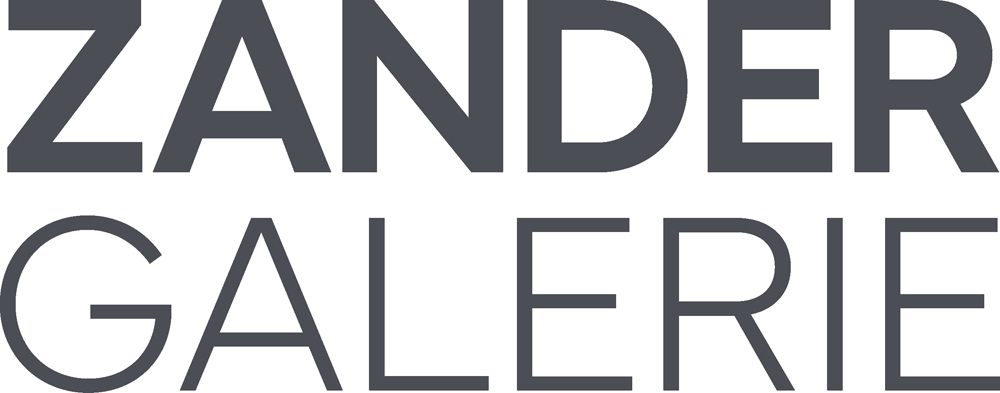MITCH EPSTEIN Property Rights I CLAUDIA PARDUCCI Friction Hitch
7 Sep – 16 Nov 2019
Opening times: Tues–Fri 11 a.m.–6 p.m., Sat noon–6 p.m., and by appointment
Special opening hours during Düsseldorf Cologne Open Galleries
Galerie Thomas Zander is pleased to present new photographs by Mitch Epstein with drawings and sculptures by Claudia Parducci. The works by both artists are political and social reflections on our current moment in history. Both formally and symbolically, they acknowledge tensions and divides, as well as possibilities of agency, connection and communication. Their juxtaposition is part of the series of themed two-artist exhibitions the gallery is presenting this year.
Mitch Epstein’s photographs explore society and landscape in the United States. Born 1952 in Holyoke, Massachusetts, Epstein has been a pioneer of colour art photography since the 1970s, and recently turned to black and white photography in his series New York Arbor and Rocks and Clouds. This exhibition features Epstein’s new work Property Rights, which portrays communities and individuals struggling for their rights in America. For some, what’s at stake is their well-being and way of life; for others, profit and power. The series also draws on the complex history of landscape photography and westward expansion in America and looks at our current moment through underlying layers of history, asking who owns the land, by whose authority, and with what rights. In 2016, thousands of Native Americans and “water protectors” gathered on the Standing Rock Sioux Reservation in North Dakota to stop the construction of an oil pipeline through sacred land, which risked contaminating primary sources of fresh water. Epstein went there to photograph; he also photographed at the increasingly militarized border between the United States and Mexico, where resistance took the form of humanitarian aid to refugees and migrants. He photographed some of America’s National Monument sites, that have been removed from government protection by the Trump administration and are now available for mining and fossil fuel extraction. Photographing these sites turned into an act of resistance itself. The photographs in Property Rights signal the palpable anxiety that connects America’s deceptively disparate landscape and residents.
Epstein’s work is collected by major international institutions including the Metropolitan Museum of Art and the Museum of Modern Art in New York, the J. Paul Getty Museum in Los Angeles, Tate Modern, London, and the Musée d’Art moderne de la Ville de Paris. He was awarded a Guggenheim Fellowship for his multimedia project Family Business and received the Prix Pictet for his seminal series American Power.
Los Angeles based artist Claudia Parducci’s work comes out of an interest in histories of destruction and reconstruction. While her earlier work focused on the impact of human conflict and natural disasters, her most recent work shifts toward the nature of the cycle itself–the idea that we are always somewhere in the process of building and tearing down. She explores survival strategies, including the labour and fantasy that go into re-imagining a future after destruction. Drawing is an essential part of the artist’s practice. Starting with a line, Parducci develops her sculptures out of line drawings. As the title Friction Hitch suggests, the repetition of lines and structures is a process of interrogation into the interconnectedness and inextricability of forces and tensions. After Murrah is a suspended rope structure that echoes the grid of a structure that hovers in a state of both rising and falling. The work originates from photographs of the Murrah Federal Building attack from 1995 in Oklahoma City, and also inspired a series of charcoal drawings and paintings. The framework of the grid is what we see as a building is being constructed, and what is left after it has been bombed, showing both the fragility and the persistence of structure. The installation 23 Columns consists of hand-knit jute pillars spanning from floor to ceiling. It considers gendered aspects of labour, and the significance of the remnants of Western history. The natural fibres used in the installations have material qualities of both strength and suppleness, and one continuous line of fibre can become an entire structure. Other new wall installations consist of rope cast in bronze that appears to come out of the wall and to fall toward the floor. Here the rope becomes an exit strategy, something to grab hold of, representing the line that ties humans to one another and to the earth. Parducci even uses her rope drawings as imaginary or utopian architectural planning. In the drawings, the rope can hover in space or create an infinity knot with no end. Parducci’s works challenge expectations and visualise the capacity to hold conflicting ideas at the same time, such as the idea that a structure can be rising or falling, a material can appear supple and rigid, can be both idea and object.
Parducci received her MFA from the California Institute of the Arts in 2006, her work has since been exhibited in the US and internationally. This is Claudia Parducci’s first exhibition with the gallery.
